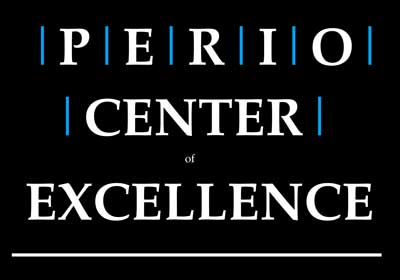Bone Regeneration
Bone regeneration in dentistry is a complex and intricate process that involves stimulating the body's natural ability to grow new bone tissue. This procedure is typically used when a patient has experienced bone loss due to periodontal disease, tooth extraction, or trauma.
The process of bone regeneration
The process of bone regeneration in dentistry is a remarkable and intricate one. It involves the body's natural ability to heal and regenerate new bone tissue in areas where it has been lost or damaged. This can be crucial for patients who have experienced tooth loss, gum disease, or other dental issues that have caused bone deterioration.
To initiate the process of bone regeneration, dentists often use techniques such as guided tissue regeneration or bone grafting. Guided tissue regeneration involves placing a protective barrier over the area where new bone growth is desired while allowing soft tissues to regenerate. This encourages the growth of new bone cells and prevents unwanted soft tissue from impeding the healing process.
Bone grafting, on the other hand, involves taking donor bone material (either synthetic or from another part of the patient's body) and placing it in the area needing repair. The graft acts as a scaffold for new bone growth to occur.
Once these procedures are performed, it takes time for new bones to form. The body gradually replaces the grafted material with its own newly formed bones through a process called osseointegration.
Understanding the complex process of bone regeneration in dentistry showcases how modern advancements help restore oral health and function for individuals dealing with significant dental issues.
Why is bone regeneration important in dentistry?
Bone regeneration is a vital process in dentistry that plays a crucial role in maintaining oral health. When we think about teeth, we often focus on the visible parts - the crowns and the enamel. However, what lies beneath the surface is equally important. The jawbone provides support and stability for our teeth, acting as their foundation.
Over time, due to factors such as tooth loss or gum disease, the jawbone can deteriorate and lose its density. This can lead to various complications, including difficulty with chewing and speaking properly. Additionally, it may affect the overall aesthetics of your smile.
This is where bone regeneration comes into play. By stimulating new bone growth in areas where it has been lost or damaged, dentists can restore functionality and improve both oral health and appearance. Bone grafting techniques are commonly used to encourage new bone formation by placing materials in the affected area that promote natural healing processes.
Importantly, successful bone regeneration procedures provide a stable base for dental implants – artificial tooth roots – ensuring their long-term success by providing sufficient support. Without adequate bone volume and density through regeneration methods like grafting or guided tissue regeneration (GTR), implant placement would be challenging, if not impossible.
Bone regeneration represents a significant advancement in modern dentistry. It offers patients an opportunity to regain proper oral function while also enhancing their smiles' aesthetic aspects. So next time you consider your dental health journey; remember that strong bones make for healthy smiles!
Conclusion
Bone regeneration is a vital process in dentistry that plays a crucial role in restoring lost or damaged bone tissue. Through various techniques, such as guided bone regeneration and bone grafting, dental professionals can stimulate the growth of new bone cells, creating a strong foundation for dental implants and other restorative procedures.
The process of bone regeneration involves the use of biocompatible materials and membranes to create a space for new bone formation. This allows for the migration and proliferation of osteoblasts, which are responsible for synthesizing new bone tissue.
Bone regeneration is important in dentistry because it enables patients with missing teeth or significant jawbone loss to regain their oral function and aesthetics. Without proper bone support, dental implants may not be successful, leading to implant failure or complications down the line.
By promoting new bone growth, dentists can ensure the long-term stability and success of dental implants. Additionally, regenerating lost or damaged jawbone can improve facial appearance by restoring natural contours and preventing premature aging caused by tooth loss.
Understanding the process of bone regeneration in dentistry is essential for both dental professionals and patients alike. By harnessing this remarkable ability of our bodies to regenerate tissues, we can achieve optimal oral health outcomes while improving smiles and overall quality of life. So if you're considering dental implants or any other restorative procedure that requires sufficient jawbone support, consult with your dentist about the possibility of incorporating bone regeneration techniques into your treatment plan.
Wish to learn more? Visit the Periodontal Center of Excellence Dental Implant Center at locations in The Woodlands, TX, or Conroe, TX.
Office Hours
MON - THU8:00 am - 5:00 pm
FRI8:00 am - 2:00 pm
SAT - SUNClosed
Office Hours
MON - THU8:00 am - 5:00 pm
FRI8:00 am - 2:00 pm
SAT - SUNClosed
